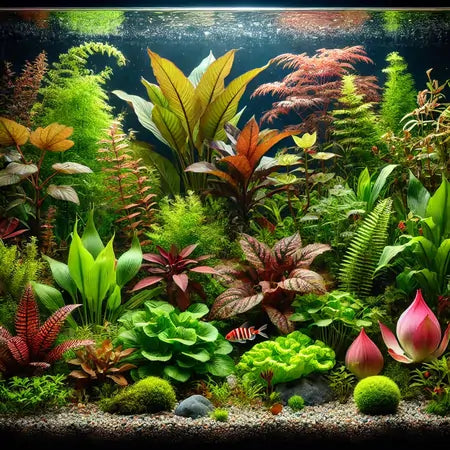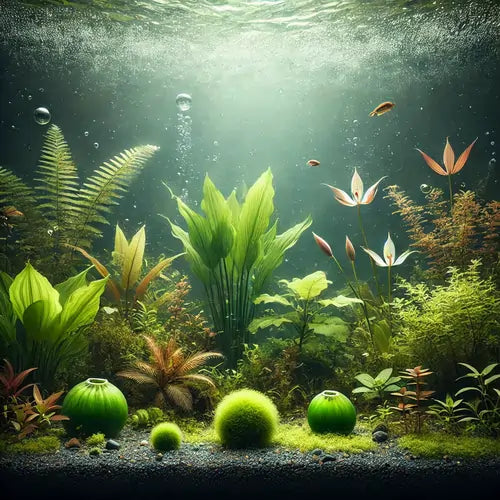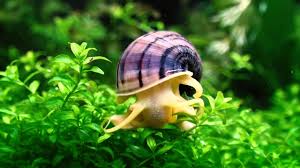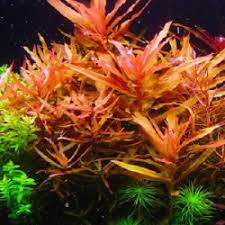Trending searches
$0
Dwarf Sagittaria (Broadleaf) LIVE AQUARIUM PLANT
Sagittaria Broadleaf Arrowhead Other Common Names: Duck Potato / Indian Potato / Common Arrowhead / Arrowhead / Katniss / Wapatos Scientific Name: Sagittaria Latifolia Color: White 1" Flowers Plant. Outdoors After Frost / Indoors Weeks Before Last Frost Bloom Time: Late Spring - Summer Hardiness Zone: 4 - 11 Plant Height: 24 - 36" Plant Spacing: 15 - 18" Light Requirements: Sun - Part Shade Soil & Water Preferences. This Plant Gets Its Most Common Name, Arrowhead, Because of Its 10" Long Arrowhead Shaped Leaves. But Why the Nickname 'indian Potato' You Ask? The Egg-shaped Rhizomes Are Edible & Were a Popular Food Source for the Native American Indians. They Can Be Cooked & Enjoyed Just Like Potatoes. Arrowhead is Also an Important Food Source for Ducks & Other Waterfowl. These Plants Do Require Moist Conditions, & Grow Well in Ponds, Bogs, or Water Gardens. If They Are Left Alone and Are Not Crowded Out by Other More Aggressive Water Plants, They Will Fill in a Bit, but if You Do Not Wish for Them to Spread at All Simply Place Them in the Water in Pots. In Warmer Climates, the Arrowhead Can Bloom Year Round.
================ ✦ ✦
Growth Rates: Medium
Lighting Requirements: Full Sun to Part Shade
Growing Habit: Creeping
Flower Color: White
================ ✦ ✦
Benefit: 🌠 🌠
🌟 Use Ornamental: Water Garden, Bog or Pond Area
🌟 Provides great hiding places for small fish or fry on or near the bottom of tanks
At Canton Aquatics LLC, we take great pride in providing high-quality live aquarium plants to our customers. We understand the complexities involved in shipping live plants and are committed to ensuring they arrive at your doorstep in excellent condition.
Shipping Process:
DOA (Dead on Arrival) Policy:
Limitations and Responsibilities:
Cancellation and Changes:
Customer Support:
By placing an order with Canton Aquatics LLC, you acknowledge and agree to the terms outlined in this shipping policy.
Please be sure to check the regulations in your state regarding restricted plants. Our policy is to avoid shipping any plants that are prohibited in your area to ensure compliance and environmental safety. It's important not to introduce plants into the wild or waterways, as this could disrupt local ecosystems by introducing invasive species.
We appreciate your efforts in helping to protect the environment. For the latest updates, you can consult the USDA State Noxious Weed list here.
Thank you for your dedication to preserving our natural habitats.






!